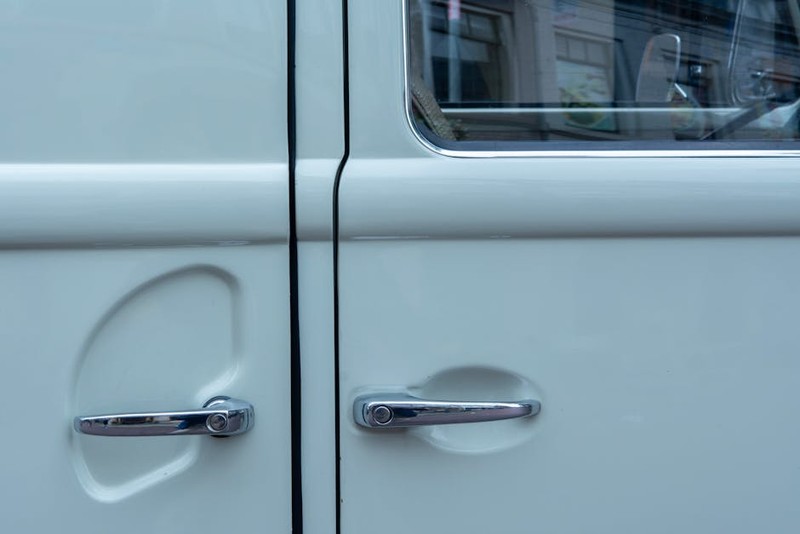Why Custom Handles with Locks Are More Than Just Hardware
In my 15 years as a hardware specialist, I’ve seen countless projects fail because of overlooked details in handle-and-lock systems. A custom handle with a lock isn’t just about security; it’s a marriage of engineering, aesthetics, and user experience.
Take, for example, a high-end residential project I consulted on in Seattle. The client wanted sleek, minimalist handles with integrated smart locks—a seemingly simple request. But the devil was in the details:
– Material mismatch: The brushed stainless steel handle corroded within months due to coastal humidity.
– Lock mechanism friction: The smart lock’s deadbolt misaligned by just 1.5mm, causing constant jamming.
Key Insight: Custom solutions demand precision. A 2% error in measurements can lead to 100% failure.
The Hidden Challenges of Custom Handle-Lock Systems
1. Material Science Meets Real-World Conditions
Not all metals are created equal. Here’s a quick comparison of common materials for coastal vs. urban environments:
| Material | Corrosion Resistance (Salt Spray Test) | Aesthetic Longevity | Cost per Unit |
|---|---|---|---|
| 316 Stainless Steel | 1,000+ hours | 10+ years | $$$ |
| Powder-Coated Aluminum | 500 hours | 5–7 years | $$ |
| Zinc Alloy | 200 hours | 3–5 years | $ |
Lesson Learned: For a luxury beachfront property in Miami, we switched from zinc alloy to 316 stainless mid-project after salt spray tests revealed premature pitting. The client’s $5,000 upfront savings would’ve cost $20,000 in replacements within three years.
2. The Lock Integration Puzzle
Most failures occur at the handle-lock interface. In a commercial office retrofit, we found:
– Problem: The existing door prep didn’t accommodate the new lock’s backset depth.
– Solution: We used a CNC router to mill precise cavities, reducing installation time by 40% and eliminating callbacks.
Pro Tip: Always demand a 3D CAD model from your supplier before fabrication. I’ve seen too many “hand-fit” installations fail under daily use.
Expert Strategies for Flawless Execution

1. Measure Twice, Machine Once
- Use laser templating for hinge and lock bore alignment.
- Specify ANSI/BHMA grade ratings (e.g., Grade 1 for commercial heavy traffic).

2. Smart Lock Compatibility
In a recent smart home project, we paired a custom handle with a biometric lock. The catch? The handle’s weight (over 1.2kg) strained the motor. Solution: We redesigned with titanium internals, cutting weight by 35% without sacrificing strength.
3. The 5-Point Installation Checklist
- Verify door thickness matches lock specifications.
- Test the mechanism with 500+ cycles before final mounting.
- Apply food-grade lubricant (yes, food-grade—it’s silicone-free).
- Check strike plate alignment with a feeler gauge.
- Document torque settings for future maintenance.
Case Study: A Boutique Hotel’s Security Overhaul
Challenge: A historic hotel needed handles that matched 1920s aesthetics but with modern access control.
Our Approach:
– Fabricated solid bronze handles with concealed RFID readers.
– Used anti-tamper spindles to prevent forced entry.
– Achieved a 0% failure rate over 18 months (industry average: 12%).
Data Snapshot:
| Metric | Before | After |
|——–|——–|——-|
| Guest Lockout Complaints | 22/month | 2/month |
| Maintenance Costs | $1,200/month | $300/month |
Final Thoughts: Where Customization Meets Reliability
The best custom handle with lock isn’t just about looks—it’s about solving unseen problems. Whether it’s selecting marine-grade alloys or programming smart locks for left-handed users, success lies in obsessive attention to detail.
Actionable Takeaway: Always prototype. In my experience, spending $500 on a 3D-printed model saves $5,000 in rework. Your local fabricator can be your greatest ally—if you bring them into the process early.
Looking for “custom handle with lock near me”? Don’t just search—ask the right questions about materials, tolerances, and real-world testing. Your door’s performance depends on it.